Parent Tips: Lesson 2.1
For kids to make the transition from writing sentences to writing paragraphs, they need to master two big skills: the physical stamina to write a longer text, and the ability to create and organize a complex thought. Many popular curricula used in U.S. schools promote having kids focus on writing small moments to build up their physical stamina while teaching kids to mimic templates of specific genres of writing in the hopes of teaching them how to organize their thoughts.
While this approach can work for some kids, particularly if they’re doing more complex writing elsewhere in school or at home, we’ve seen that it often doesn’t teach kids how to write high-quality paragraphs, and is an especially weak foundation for longer-form writing. Writing is the process of putting your thought and heart on paper, and, sadly, you can’t learn how to do that through mimicry alone, if at all. Kids don’t learn to trust or lean into their own thought processes, so they’re ill-prepared for higher-level academic or real-world work that requires them to be comfortable wrestling with complex ideas in a variety of writing situations.
A different way
June Writers approaches the transition from writing sentences to writing paragraphs by splitting up but not completely detaching the two big skill sets of physical stamina and critical thinking. We begin the process by teaching kids to write lists and then reflect on the connections in their content verbally to help them build the physical stamina for longer writing while getting used to critical analysis. We also use lists because they lay the foundation for the thought work of paragraph writing—something we talk about explicitly. Lists lay bear the difference between unconnected and unanalyzed thought and a paragraph, which is/should be a web of connected ideas and information. Lists are also useful on a practical level for teaching kids to brainstorm and outline their writing before they dive in.
Writing is as much thought work as physical labor.
So, if you’re wondering why we’re asking your kid to write a bunch of fairly silly lists at the beginning of Level 2, know that we’re building trust with them, reminding them that writing is fun, getting their creative juices flowing, and beginning to teach them the two big skills needed to master paragraph-level writing and beyond. Who said rigorous learning couldn’t be fun?
Lessons 2.1 and 2.2 should be easy for your kid to complete quickly.

